As I approach the five year anniversary of my Gender Birthday (my name for the day that I finally made the decision to transition), I find myself lost in reflection about everything I’ve discovered over the past five years – both about myself, and about how I fit into the big, strange world around me.
It Began with a Single Word
When I first spoke the word “transgender” into existence in relation to my own identity, I was a scared eighteen-year-old kid facing a harrowing journey, with little to no understanding of what it would entail. At the time, I was enrolled at a conservative therapeutic boarding school in Virginia, where highly restrictive gender roles were strictly enforced per our “school standards.” Any transgression from these standards resulted in punishment, and as the tragically conscientious and painfully well-behaved student I was, these rules made me hesitant to fight for my own self-expression.
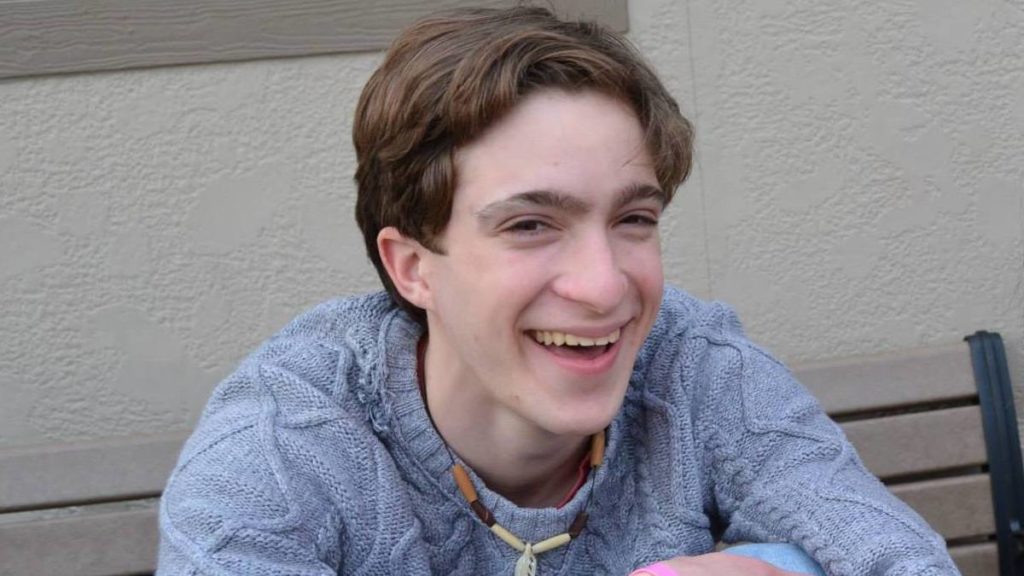
As I began to push against masculine norms, Carlbrook continued to push back – and the more they did, the more I felt the walls of masculinity closing in around me.
Trapping me.
Suffocating me.
I was terrified by the external consequences of diving deeper into my identity, but perpetually uncomfortable and pained by the internal consequences of not doing that.
To this day, I often oversimplify my experience by insisting I always knew I was a girl. In many ways, it’s easier to say that than dive into the deeper nuances of my gender journey. I wanted to know for certain – I spent hours in front of the mirror, begging for answers that would never come easily. To be truly honest, though, all I knew with absolute certainty prior to transitioning was that I was not a boy.
During my time in school, I was denied the right to search for who I was; they maintained that while Carlbrook was not the place to explore a trans identity, they “fully supported” me in finding myself after I graduated.
Although understanding of non-binary identities and gender non-conformity has become more mainstream in recent years, people still readily assume that all trans people want to shift their presentation from that of one binary gender to that of another.
The very existence of the terms male-to-female and female-to-male is a perfect illustration of this concept. Trans people can’t simply be trans – we are immediately and involuntarily described by others as moving from one binary gender to another binary gender, whether or not that aligns with our own sense of self. (For this and many other reasons, I strongly recommend folx instead to use AMAB and AFAB, and only in the rare cases that it is absolutely necessary to specify someone’s assigned gender.)
Society Expects a Lot from Trans People
From the moment I came out as trans, those around me began asking about next steps in my transition, assuming that my goal was stereotypical femininity.
“When are you going on hormones?”
“Are you going to grow boobs?”
“Is your facial hair going to stop growing?”
“Oh my GOD, can I teach you how to do your makeup?”
“When are you having *wink wink* the surgery?”
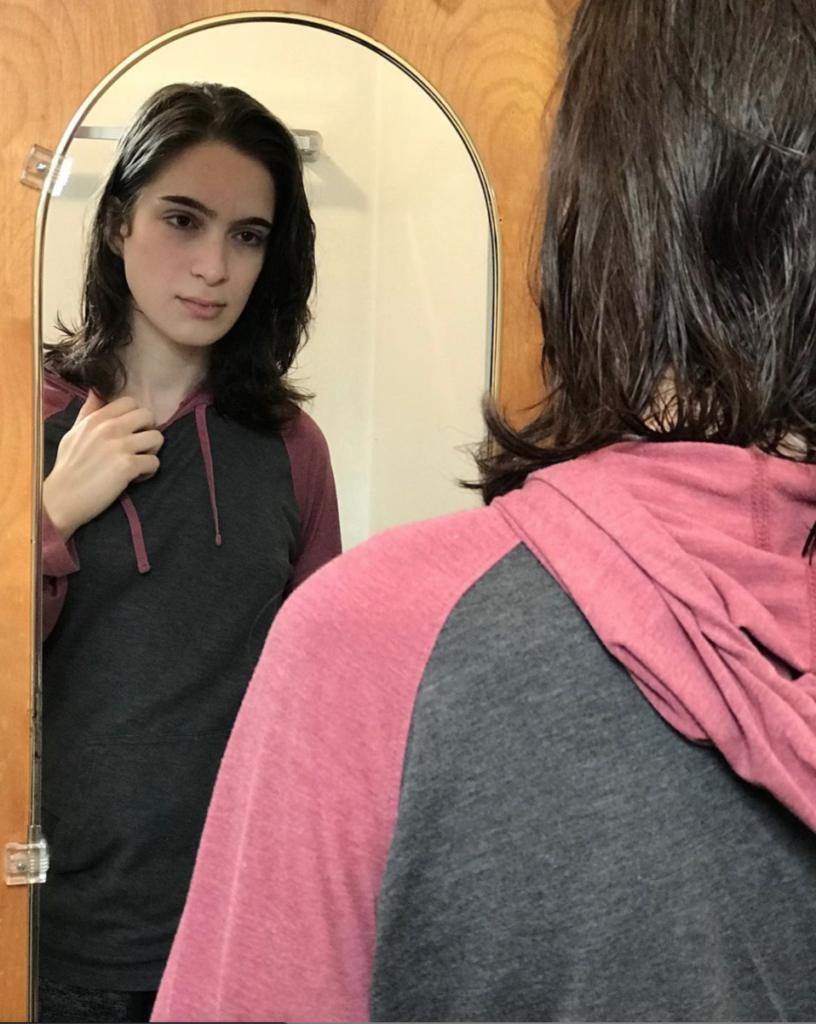
In addition to being invasive and often overwhelming, these questions reflect an extremely limited understanding of trans identity – one that is rooted in the ludicrous notion of a natural gender binary.
The early days of transition are an extremely vulnerable time, fraught with uncertainty and fear of the journey to come. For many trans people, the primary motivator at this point is to be accepted and seen as who we are. Thus, we often find ourselves in a catch-22; do we conform to others’ expectations of our transition, the most surefire route to external validation of our identity? Or do we motivate ourselves in terms of what we want for our transition, regardless of how others may interpret our decisions?
Many trans people, myself included, initially choose the path of least resistance. Thus, we opt to sacrifice parts of our identity for the sake of conformity and validation. By failing to unlearn the gender binary, our peers preclude our ability to imagine any identity or form of expression outside of this restrictive conception of existence.
Thus, I adopted a sort of hyperfemininity. At first, this felt freeing – a clean departure from the masculine expectations that had been imposed on me for twenty years. But ultimately, being boxed into a ciscentric and rigid understanding of womanhood felt just as limiting as masculinity.
Though this brand of femininity felt foreign to me, I remained afraid to explore my identity outside of this extreme, afraid that anything less would somehow invalidate my transness.
Hell, for a few months, I convinced myself that my discomfort with my gender expression meant that I had made a grave mistake in deciding to transition. I shuddered at the thought; was I not really trans?
Could I actually explain how I knew that I was trans, outside of the fact that I was painfully uncomfortable living as a boy?
Did I have to be able to explain it?
Could other trans people explain it?
I was too afraid to ask.
I was also frustrated by the way in which ciscentrism alienated me. As a transgender person, why was I tasked with describing why I feel the way I do about my gender? Why was the onus on me and my community to explain how we know that we are transgender, when no cisgender person would ever be asked to explain how they know they are cis?
Then Began my Gender Renaissance
Within the past two years, I have finally allowed myself to explore who I am outside of these expectations. I stopped wearing makeup, and instead showed myself that I am valid and beautiful, even without it. I stopped habitually shaving my legs and arms every day, and proved to myself that having body hair does not make me feel any less feminine. I’ve stopped forcing myself to wear frilly and floral tops and dresses, which never really felt right in the first place.
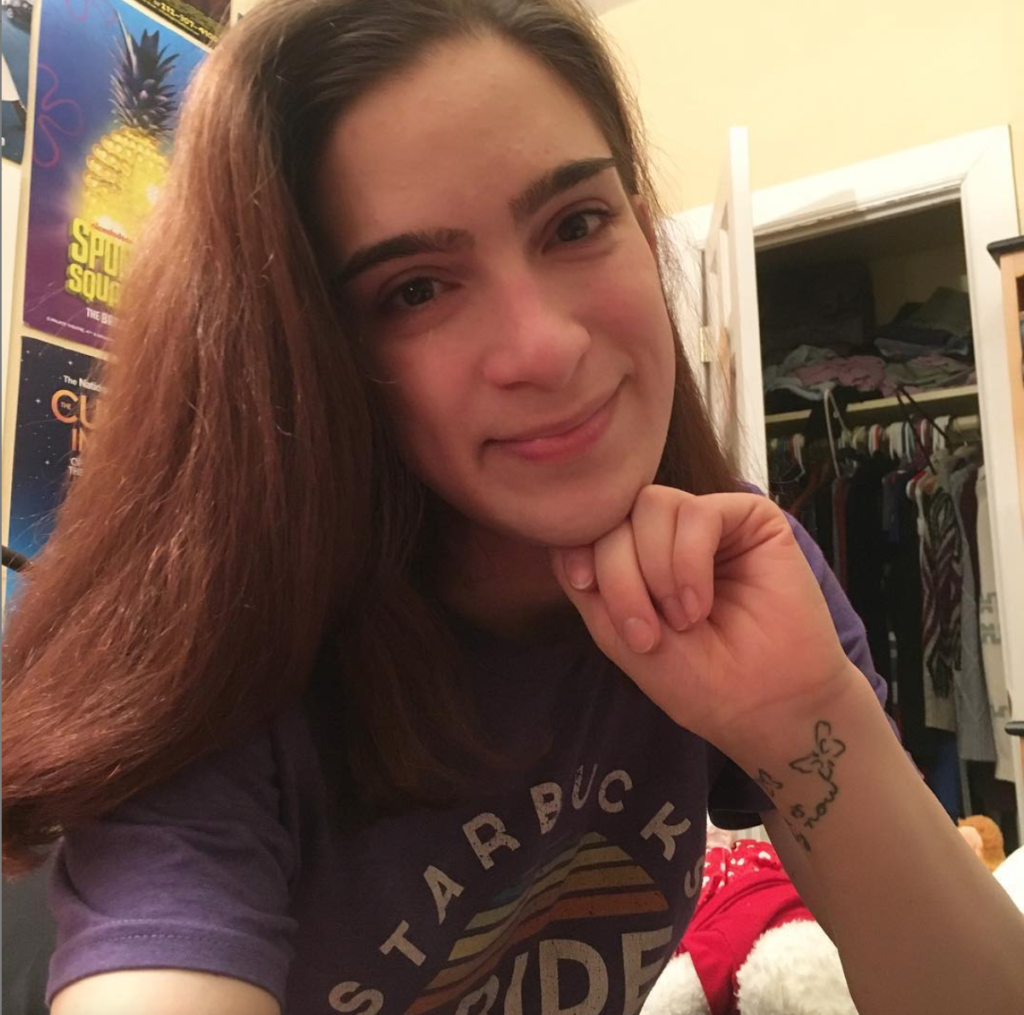
I have allowed myself to be assertive, when the world tells me I should be submissive. I have allowed myself to be loud and take up space, when the world tells me I should shrink and quiet down to create space for others.
My gender renaissance has been truly freeing, because I no longer do gender based on how I want others to see me — instead, I do gender based on how I see myself. Which is the entire point of transitioning, right?
Many trans people spend years feeling uncomfortable in our own skin. When we come out, it is often with the hope that we finally find a sense of peace.
Just as with cis women, trans feminine individuals also vary drastically in the degree to which we feel comfortable expressing stereotypical femininity. And that is totally valid.
Some of you may have noticed that I recently began listing my pronouns as “she/they” instead of “she/her,” while offering little public explanation for this shift.
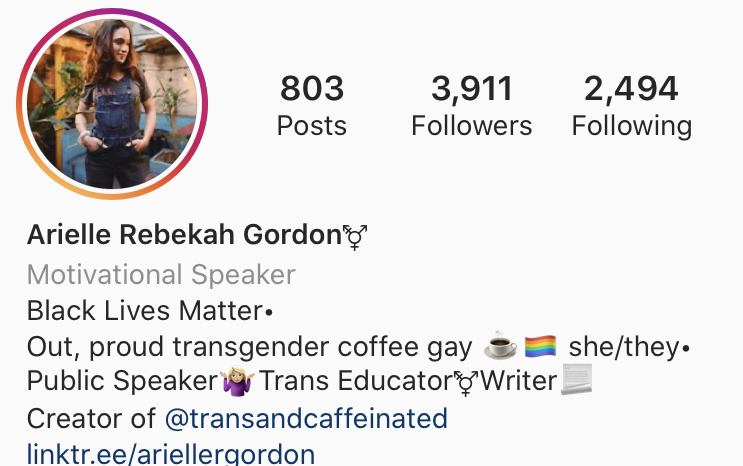
This stealthy public announcement was actually the product of a years-long exploration of my own gender, and a realization that while I am definitely not male, I do not – nor do I wish to – embody the pinnacle of feminine expression, either.
It is a rejection of others’ expectations of my transition, in favor of my own internal needs and desires.
I don’t owe anyone femininity in order to be accepted as Woman.
And I don’t owe anyone Woman in order to be accepted as trans.
In my exploration, I came to a really important gender epiphany, which stemmed from my coming to understand the crucial distinction between the terms trans woman and trans feminine.
Simply put, a trans woman is someone who was not assigned female at birth, but knows herself to be a woman.
To be trans feminine, however, is to understand oneself as more female than male. In that regard, many trans feminine individuals view themselves as existing somewhere on the non-binary spectrum, leaning towards femaleness. Trans feminine individuals may use any pronouns – she, they, ze, etc. – or any combination therewithin.
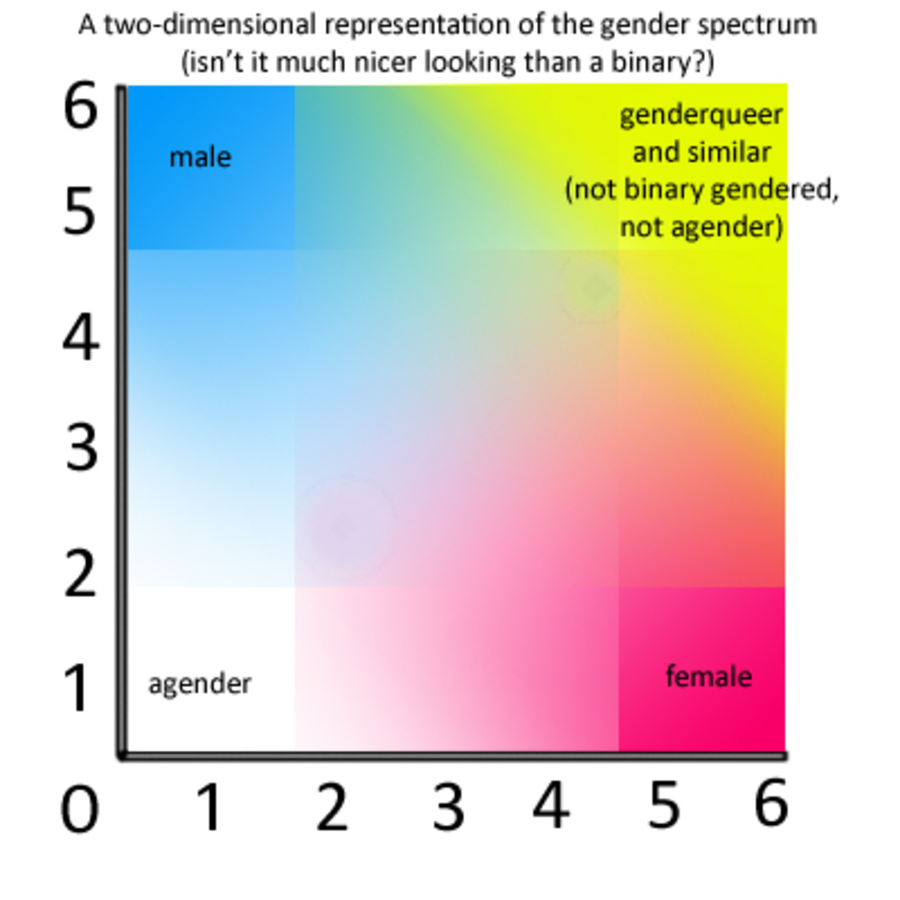
Though I have long referred to myself as a trans woman, I’ve realized that my understanding of my identity is best described as trans feminine. Currently, I use she or they pronouns interchangeably (and my favorite flex is what my friend Em refers to as a “pronoun sandwich,” which is switching the pronouns you use each time you refer to me, within the same sentence/paragraph.)
For me, shifting the terminology with which I refer to myself has been positively liberating. It has allowed me to reclaim pride in the stereotypically masculine parts of myself, while remaining comfortable in my own personal brand of femininity.
And while it is totally valid for someone to identify as a binary trans woman and still be comfortable exhibiting stereotypically masculine traits, I’ve realized this is not comfortable for me.
The key insight I’ve gained through this journey is that transitioning is not the end, but rather the beginning, of personal gender liberation. In continuing to explore my gender over the past five years, I have reached a degree of self-knowledge that I would not have been able to attain otherwise. I’ve allowed myself to test the waters across the gender spectrum and explore what felt right for me, along with what did not.
While I have been a million times happier living as a woman than I ever could have been living as a man, my long-term happiness relies on my consistently unpacking which traits stem from who I am, and which stem from what society expects of me based on my perceived gender.
“Normalize Gender Exploration” Means Cis People, Too
I maintain that this is true of cisgender people, as well. To passively conform with societal gender expectations is to limit yourself from ever fully exploring who you are. Exploring your gender can be utterly freeing, because it allows you to uncover who you are apart from the rigid expectations society has imposed on you.
If everyone were to be totally honest with themselves about where their gender falls on the spectrum, you’d be hard pressed to find very many absolute men or absolute women. The world is just too weird for that, people are too unique, and the universe rarely (if ever) works in extremes — especially when it comes to a rigid, limiting, socially constructed system of norms determined solely by the shape of one’s external genitalia.
I encourage you to take today to think about your gender. When’s the last time you really let yourself explore, completely removed from society’s expectations of who you should be? If your answer is never, I challenge you to take advantage of these (albeit terrifying and awful) COVID times to think about your existence in this way. Please commit to these, even (and especially) if it feels scary.
The world is just too weird for absolutes – and so are you.

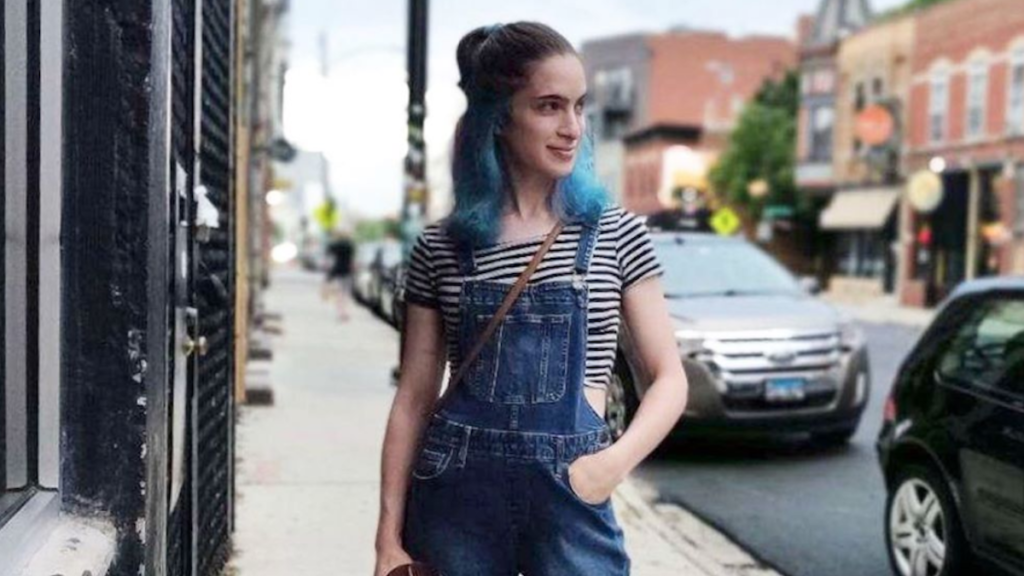
You’re amazing! I think I have told you that maybe once or a billion times!!!
I’m having a bit of a renaissance myself, especially legalizing my name (again). I dumped Buck Angel as my “idol” and “mentor” when I finally woke up to the fact he finds and reposts the most absurd troll posts, and basically says that what the entire trans community has come to. Now I’m trying to be comfortable calling myself as “transgender”, and not the T word he insists on using for people like us who underwent a complete transition. (Basically relearning all the vocabulary.) I make every apology for creating an “us via them” mentality, building walls instead of bridges. I’m not “woke” yet, but waking up is way better than remaining foolish. (Stupid means making a mistake and learning from it. Ignorance just means not knowing. Buck Angel is just a gatt-damn fool.)